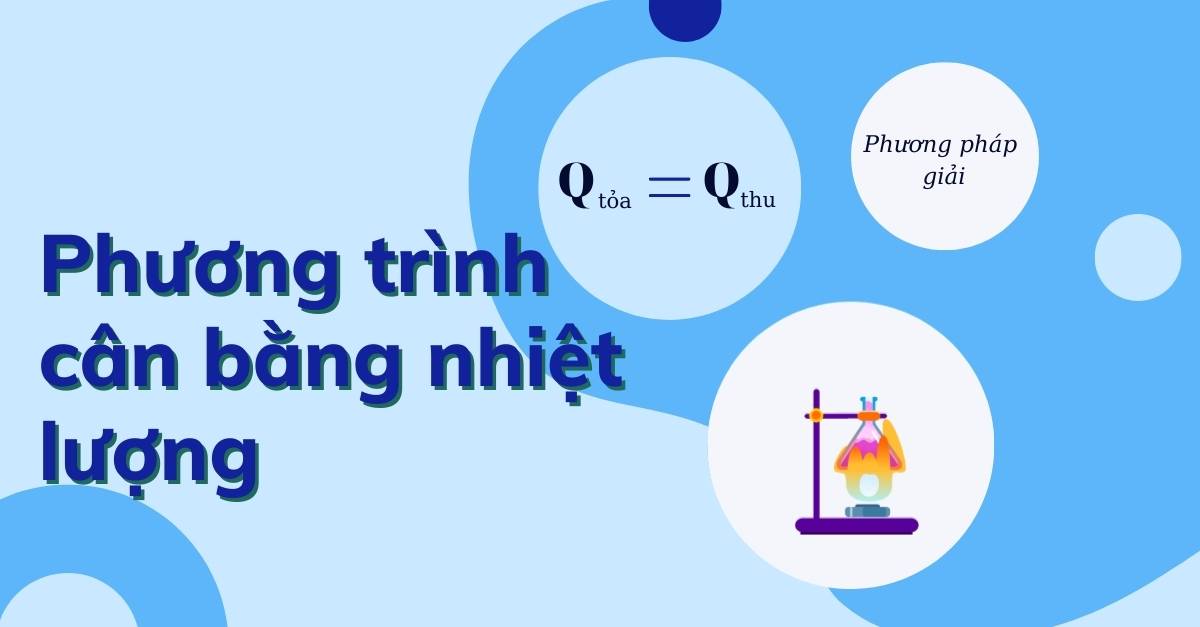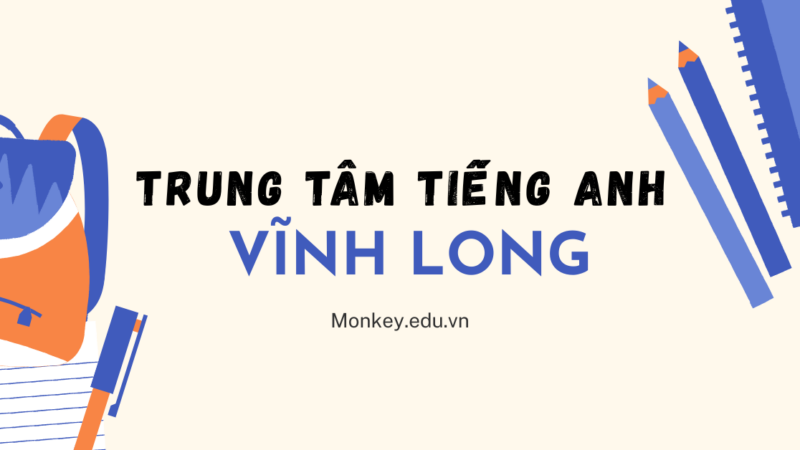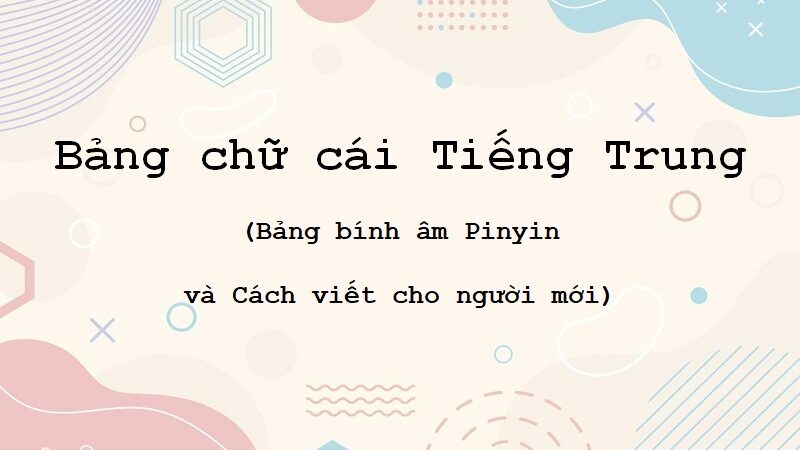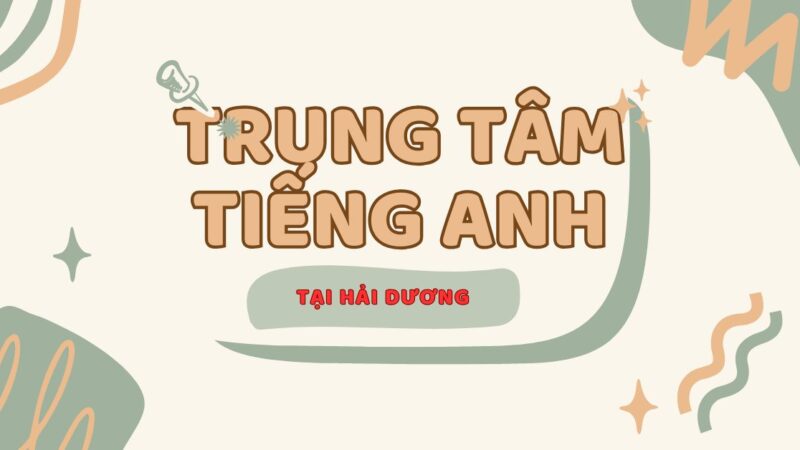Kiến thức về phương trình cân bằng nhiệt Vật lý 8 (có bài tập thực hành)

Thermal equation is one of the important knowledge in physics 8, usually appearing in exercises and exam questions in the heat. So, this article helps students understand the nature of the equation for heat balance and guide them to solve the exercises in the most effective way.
- Bộ đề thi tiếng Anh lớp 1 học kỳ 1 theo sách có đáp án (2023 – 2024)
- 5+ Trang web học tiếng Anh miễn phí cho người mất gốc hiệu quả
- Hướng dẫn cách viết đơn xin nghỉ việc bằng tiếng Anh chuyên nghiệp
- Giải mã tính cách của người sở hữu số 33 trong thần số học
- Toán lớp 2 cộng trừ có nhớ: Kiến thức tổng quát & Mẹo học hay!
Heat transfer principle
There are three characteristics to find out in the principle of heat transfer. Based on the phenomena they observe in life, nature, techniques … then the time the two things to exchange heat for each other:
-
Self -propelled heat from higher temperatures to animals with lower temperatures
-
The heat transfer occurs until the temperature of the two objects is equal
-
The heat generated by this object is equal to the heat collected by the other object
Understanding this principle, they will no longer have questions when dripping a boiling water to a hot water, the drop of water transfers heat to the water case or the water shift to the drop of water. As well as based on this to identify the heat balancing PT easily.
What is the heat and the formula for calculating the heat

To supplement the knowledge of the equation for heat balance, we need to review its heat and calculation formula.
The heat is the heat that the object is added or disappeared during the heat transfer process. The heat collected depends on 3 factors: The mass of objects, the temperature increase of the object & the substance that makes the object.
=> Formula for heat collected:
In there
-
Q: heat (j)
-
M: The volume of objects (kg)
-
∆t: Rise in object temperature (degree C or degree K)
-
C: Specific heat of maker (J/Kg.K)
Thermal balance equation
The heat balance formula will be:
Q collection is the heat of the collected object that has been explained above with the formula of q collection = mc∆t
=> Q out = mc∆t
Note: These two formulas are the same, different in the temperature change
-
With Q, ∆T = T2 – T1 (T1 is the first temperature, T2 is the last temperature)
-
With Q out, ∆T = T1 – T2 (T1 is the first temperature, T2 is the last temperature)
Heat balancing exercises
In order for them to solve heat balancing exercises, we follow the steps below:
Step 1.
Step 2: Write down the formula for calculating the amount of heat generated
Step 3: Write the formula for calculating the intensive heat of the object
Step 4: Write the equation for heat equilibrium => quantity to find.
For example: Drop an aluminum sphere with a weight of 0.15 kg to be heated to 100° C into a cup of water 20 ° C. After a while, the temperature of the ball and the water is equal to 25 ° C. Calculate the volume of water? It seems that there is only a ball and water transferred to each other?
Instructions for solving: The heat of the sphere is: q tai = mc∆t = 0.15.880. (100- 25) = 9900 (J)
The heat that the water collected is: qthu = m (water) .c (water) .∆t = m (water) .4200. (25-20) = 21000m
We have qto = qthu => m (water) = qto/21000 0.5 kg
|
Building a solid mathematical platform for children from an early age with a multimedia, extremely cheap cost less than 2k/day with Nguyễn Tất Thành Math.
|
Solving 8th grade heat exercises with answers
Lesson 1: If the two objects have different temperatures to contact each other, then:
A. The process of heat transfer stops when the temperature of the two objects is the same.
B. The heat transfer process stops when the temperature of an object reaches 0 ° C.
C. The heat transfer process continues until the heat of the two objects is the same.
D. The heat transfer process until the heat is the same.
Instructions for answering: The heat transfer occurs until the temperature of the two objects is the same
⇒ StoneP Ahn a
Lesson 2: Which of the following equations is a thermal equation?
|
A. QUOC + qthu = 0
|
B. QUOC = QTHU
|
|
C. QUOC.QTHU = 0
|
D. q radiating \ q collection = 0
|
Instructions for answering: Thermal balance equation: qtho = qthu
⇒ StoneP Ahn b
Lesson 3: Pour 5 liters of water at 20 ° C into 3 liters of water at 45 ° C. The temperature when equilibrium is:
|
A. 2.94 ° C
|
B. 293.75 ° C
|
|
Xem thêm : 50+ mẫu lời chúc may mắn và thành công bằng tiếng Anh ý nghĩa C. 29.36 ° C
|
D. 29.4 ° C
|
Instructions for answering:
Change: m1 = 5 liters of water = 5 kg, m2 = 3 liters of water = 3 kg, t1 = 20 ° C, t2 = 45 ° C
– Call the temperature when equilibrium is t
– The input heat of 5 liters of water is: Q1 = M1C. (T – T1)
– The input heat of 3 liters of water is: q2 = m2C. (T2 – T)
– Apply the equation for heat balance we have:
Q1 = Q2 ⇔ M1C. (T – T1) = m2C. (T2 – T)
⇔ m1. (T – t1) = m2. (T2 – t)
⇔ 5. (t – 20) = 3. (45 – t)
⇔ t = 29,375 ≈ 29.4 ° C
⇒ StoneP Ahn d
Lesson 4: Which of the following is in accordance with the principle of heat transfer:
A. Self -propelled heat from lower temperatures to objects with higher temperatures.
B. Self -propelled heat from objects with higher temperatures to objects with lower temperatures.
C. Heat transmitted from objects with higher heat to lower objective objects.
D. Heat transmitted from objects with lower heat to objects with higher heat.
Instructions for answering: Self -heat transmitted from objects with higher temperatures to objects with lower temperatures.
⇒ StoneP Ahn b
Lesson 5: Drop a piece of 2 kg steel at a temperature of 345 ° C into a 3 -liter water container. After the final temperature balance is 30 ° C. Ignore the heat through the environment. Knowing the separate heat of steel, water is 460 J/kg.K, 4200 J/kg.K. The initial temperature of the water is:
|
A. 7 ° C
|
B. 17 ° C
|
C. 27 ° C
|
D. 37 ° C
|
Instructions for answering
Change: 3 liters of water = 3 kg
Call the initial temperature of the water as t0
– The heat of the steel piece is:
Q1 = m1c1Δt1 = 2,460. (345 – 30) = 289800 J
– The heat that the water collected is:
Q2 = m2c2Δt2 = 3,4200. (30 – t0)
– Apply the equation for heat balance, we have:
Q1 = Q2 ⇔ 289900 = 3,4200. (30 – T0)
⇒ t0 = 7 ° C
⇒ StoneP Ahn a
Lesson 6: Drop a 0.15 kg aluminum sphere that is heated to 100 ° C into a cup of water at 20 ° C. After a while, the temperature of the ball and water is equal to 25 ° C. Consider the sphere and water only transferred to each other. Know the specific heat of aluminum and water is 800 J/kg.K, 4200 J/kg.K. The mass of water is:
|
A. 0.47 g
|
B. 0.471kg
|
C. 2 kg
|
D. 2 g
|
Instructions for answering
We have:
Aluminum m1 = 0.15kg, C1 = 880J/kg.K, T1 = 1000C
Water: m2 = ?, C2 = 4200J/kg.K, T2 = 200C
The equilibrium temperature t = 25 ° C
The heat that aluminum sphere emits is: q1 = m1c1 (t1 – t)
The heat that the water receives is: q2 = m2c2 (t – t2)
Applying the equation for heat balance, we have:
Q1 = q2 ⇔ m1c1 (t1 – t) = m2c2 (t – t2)
⇔ 0.15.880. (100 – 25) = m2.4200. (25 – 20)
⇔ m2 = 0.471 kg
⇒ StoneP Ahn b
Lesson 7: People want to mix bath water with a temperature of 38 ° C. How many liters of boiling water must be added to 15 liters of cold water at 24 ° C?
|
A. 2.5 liters
|
B. 3.38 liters
|
C. 4.2 liters
|
D. 5 liters
|
Instructions for answering
Change: 15 liters of water = 15 kg
The equilibrium temperature of water is t = 38 ° C
The heat that boiling water radiates is: q1 = m1c (t1 – t)
The heat that 15 liters of cold water received was: Q2 = m2C (t – t2)
Applying the equation for heat balance, we have:
Q1 = q2 ⇔ m1c (t1 – t) = m2C (t – t2)
⇔ m1 (t1 – t) = m2 (t – t2)
⇔ m1. (100 – 38) = 15. (38 – 24)
⇔ m1 = 3.38 kg
⇒ StoneP Ahn b
Lesson 8: People drop three pieces of copper, aluminum and lead with the same weight into a cup of hot water. Compare the final temperature of the three metal pieces: a. The temperature of the highest lead, then copper pieces, aluminum pieces.
B. The highest pieces of copper pieces, then aluminum pieces, lead pieces.
C. The highest aluminum pieces, then copper pieces, lead pieces.
D. The temperature of three pieces is equal.
⇒ StoneP Ahn d
Lesson 9: People drop a piece of 0.5 kg mass into 500 g of water. The copper piece cools from 80 ° C to 20 ° C. Ask how many degrees heated water? Knowing the specific heat of the copper is 380 J/kg.K, of the water is 4200 J/kg.K.
Instructions for answering
The heat that the copper pieces radiates:
Q1 = Mcuccu (80 – 20) = 0.5.380. (80 – 20) = 11400 J
The heat that the water receives is:
Q2 =
According to the equation for thermal balance, we have:
Q1 = Q2 = 11400 J
⇒ Δt = q2 \ (scratching
So the hot water adds 5.43 ° C
Lesson 10: When dropping an aluminum sphere with a weight of 500g into 2kg of water at 25 degrees C, their temperature after equilibrium is 30 degrees C. What is the initial temperature of the aluminum sphere? Know the heat consumption in this case is equal to 20% of the heat collected by water. Knowing the separate heat of aluminum is 880 J/kg.K, the specific heat of water is 4200 J/kg.K.K
Instructions for answering
Input water heat:
Q2 = m2.c2. (T – T2) = 2,4200. (30 – 25) = 42000J
Wasting heat:
QHP = 20%.Q2 = 20%.42000 = 8400J
Applying the equation for heat balance I have q1 = q2 + qhp
⇔m1.c1. (T1 – T) = 8400 + 42000
⇔0.5.880. (T1− 30) = 50400
Lesson 11: People drop three pieces of copper, lead with the same weight into a cup of hot water. Compare the final temperature of the three metal pieces.
Answer: The temperature of three pieces is equal because when you drop three pieces of metal and the mass into the hot water, the higher the temperature of the water will transmit three pieces of metal. And finally, when the temperature of three pieces is equal, the heat transfer process will stop.
Lesson 12: A thermometer contains 2 liters of water at a temperature of 15 ° C. Ask how much heat up to how much the water is put into the heat plan of a 500g bronze sphere that is heated to 100 ° C.
Taking the separate heat of the brass is 368J/kgK, of the water is 4186J/kgK. Ignore the heat transmitted to the thermometer and the external environment.
Answer: The heat of the bronze ball is:
Q2 = m2.c2. (T2 – t) = 0.5.368. (100 – t)
The heat collected water is:
Q1 = m1.c1. (T – t1) = 2.4186. (T – 15)
Because the heat generated by the heat collected should:
Qthu = qn ↔ q2 = q1
↔ 0.5.368. (100 – T) = 2.4186. (T – 15)
Inferred t = 16.83 ° C
Lesson 13: If you want to have 100 liters of water at a temperature of 35 ° C, how many liters of water must be poured into how many liters of water is at a temperature of 15 ° C. Take specific heat of water is 4190J/kg.K.
Answer: Call M1 as a mass of water at 15 ° C and M2 as a boiling water mass.
We have: m1 + m2 = 100kg (1)
The heat of m2 kg of boiling water is:
Q2 = m2.c. (t2 – t) = m2.4190. (100 – 35)
The temperature of m1 kg of water at 15 ° C is collected in order to heat up to 35 ° C:
Q1 = m1.c. (t – t1) = m1.4190. (100 – 35)
Because the heat generated by the heat collected should: q2 = q1
m2.4190. (100 – 35) = m1.4190. (100 – 35) (2)
Solve the system of equations between (1) and (2) we get:
m1 = 76.5kg and m2 = 23.5 kg.
Thus, 23.5 liters of boiling water must be poured into 76.5 liters of water at 15 ° C to have 100 liters of water at 35 ° C.
Conclude
The equation for the heat balance that we are known is easy to remember, right? They just need to remember q to produce = However, some exercises do not give us all the factors to immediately apply the formula, which requires them to be more flexible in calculating. So we need to spend time to do many different exercises, certainly will not find it difficult. Nguyễn Tất Thành thank you for following the article and wish you good study this subject.
Nguồn: https://truongnguyentatthanh.edu.vn
Danh mục: Giáo dục




![[GIẢI ĐÁP] Chứng chỉ IELTS có được miễn thi tốt nghiệp không?](https://truongnguyentatthanh.edu.vn/wp-content/uploads/GIAI-DAP-Chung-chi-IELTS-co-duoc-mien-thi-tot-800x450.jpg)

